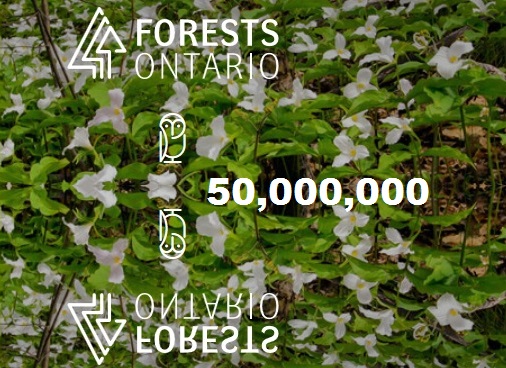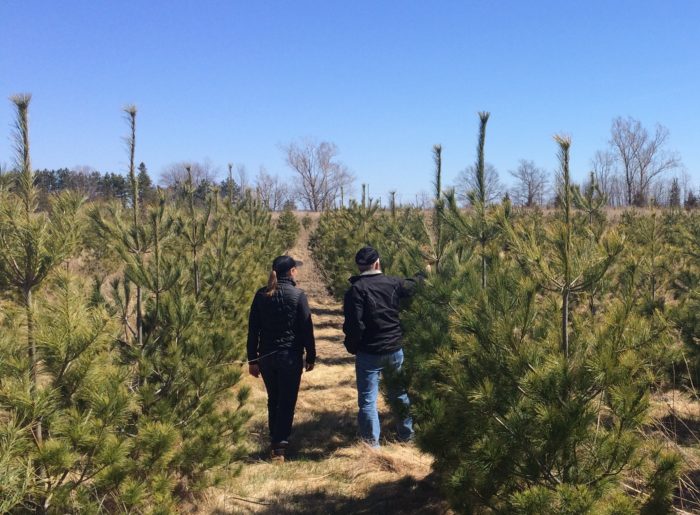 Spring is for new ideas. Do you have idle land or extra acreage that could be enhanced? Planting trees is an excellent way to add value to your property and has never been easier. If you have 2.5 acres or more of open land, you may be eligible for the 50 Million Tree Program, and the trees are planted for you!
Spring is for new ideas. Do you have idle land or extra acreage that could be enhanced? Planting trees is an excellent way to add value to your property and has never been easier. If you have 2.5 acres or more of open land, you may be eligible for the 50 Million Tree Program, and the trees are planted for you!
If you are considering a large-scale planting on your property, the 50 Million Tree Program can help by providing both funding support to cover a significant portion (up to 80%) of the total planting costs and technical assistance. A local planting partner will work with you to develop a site plan that suits your property’s unique needs; they will do the planting and conduct follow up assessments in subsequent years. The landowner can relax while the work is conducted by experienced professionals.

“One of the great things about the 50 Million Tree Program is that it’s full service. Landowners work with the Planting Delivery Agencies (PDA) to develop the plan and choose the species of trees being planted on the property,” explains Mark McDermid, a Field Advisor at Forests Ontario. “The PDAs – forestry professionals – are responsible for the purchase, delivery and planting of all trees in the program.”
The 50 Million Tree Program plants for landowners who want to make their property more aesthetically pleasing, for farmers who have an idle field or want a windbreak, and for golf course owners who want to add some shade. Every landowner has a different vision so the planting agents work with you to make sure that vision becomes a reality.
The 50 Million Tree Program makes tree planting as easy as possible for landowners in Ontario. To book a site visit, contact Suzanne Perry, our Forestry Outreach Coordinator at 1-877-646-1193 or sperry@forestsontario.ca. Please mention thesilo.ca when contacting.
About 50 Million Tree Program
Forests Ontario administers the Ontario government’s 50 Million Tree Program, part of the United Nations Billion Tree Campaign. The United Nations’ goal is to plant one billion trees worldwide each year. Ontario is committed to plant 50 million trees by 2025.
The 50 Million Tree Program is designed to significantly reduce the costs to landowners of large-scale tree planting and thereby increase the number of trees planted across the province.
 About Forests Ontario
About Forests Ontario
Forests Ontario is the voice for our forests. Working to promote a future of healthy forests sustaining healthy people, Forests Ontario is committed to the re-greening of Ontario through tree planting efforts on rural lands and in urban areas, as well as the renewal and stewardship of Ontario’s forests through restoration, education and awareness. Visit www.forestsontario.ca or follow us @Forests_Ontario.


Leave a Reply
You must be logged in to post a comment.